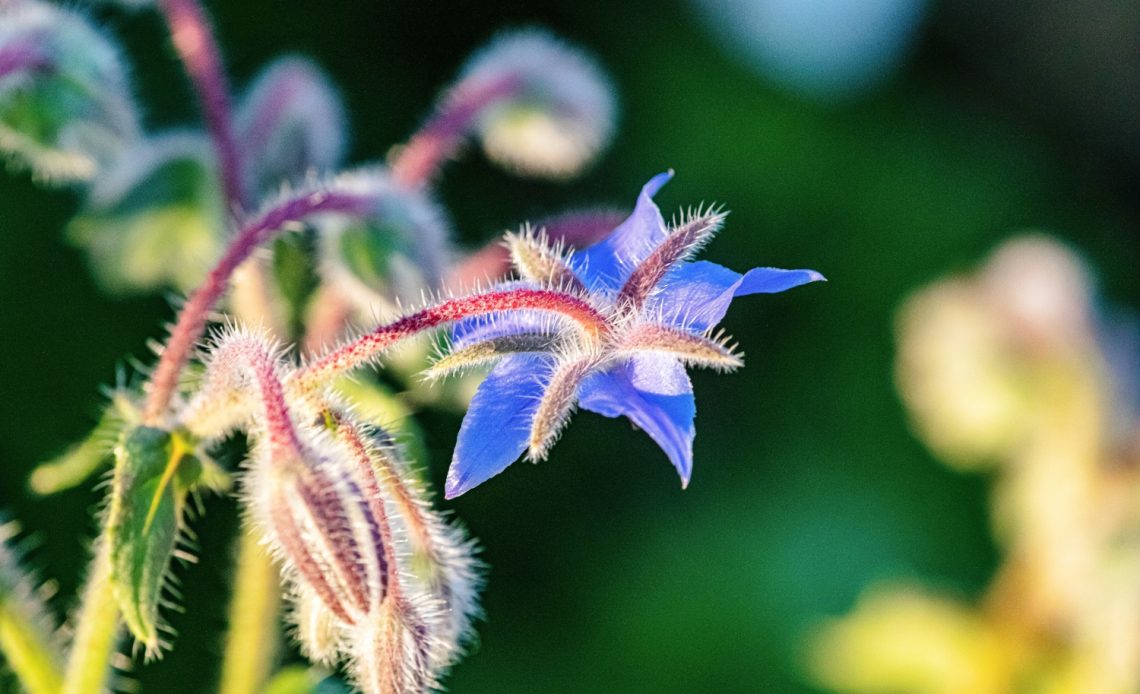

We’re here to help! Wild Yards is a completely free website that is 100% dedicated to helping you create a wildlife-friendly, sustainable yard. Read more
WildYards is reader-supported. When you buy a product through a link on our site, we may earn a comission. Every product is independently selected by our (obsessive) editors and our reviews are unbiased and objective. Read more about our mission or our privacy policy.
Borage is an annual herb native to the Mediterranean region. Plants produce fuzzy, prickly foliage and blue to purple star-shaped flowers.
The leaves of the borage plant can be harvested and used to make a refreshing tea that carries hints of cucumber.
The flowers, too, are edible and can be candied and placed on sweet treats.
Borage is popular with gardeners thanks to its ability to attract pollinators. Predatory insects are also drawn to the plants, which means borage can be used as a natural pest control.
If you’re new to growing borage, you may be wondering how this plant can benefit your garden. You’re also probably wondering, which are the best borage companion plants?
Borage can be used to support the pollination of your fruits and vegetables. This plant grows best when grown near tomatoes, strawberries, peas, grapes, and squash.
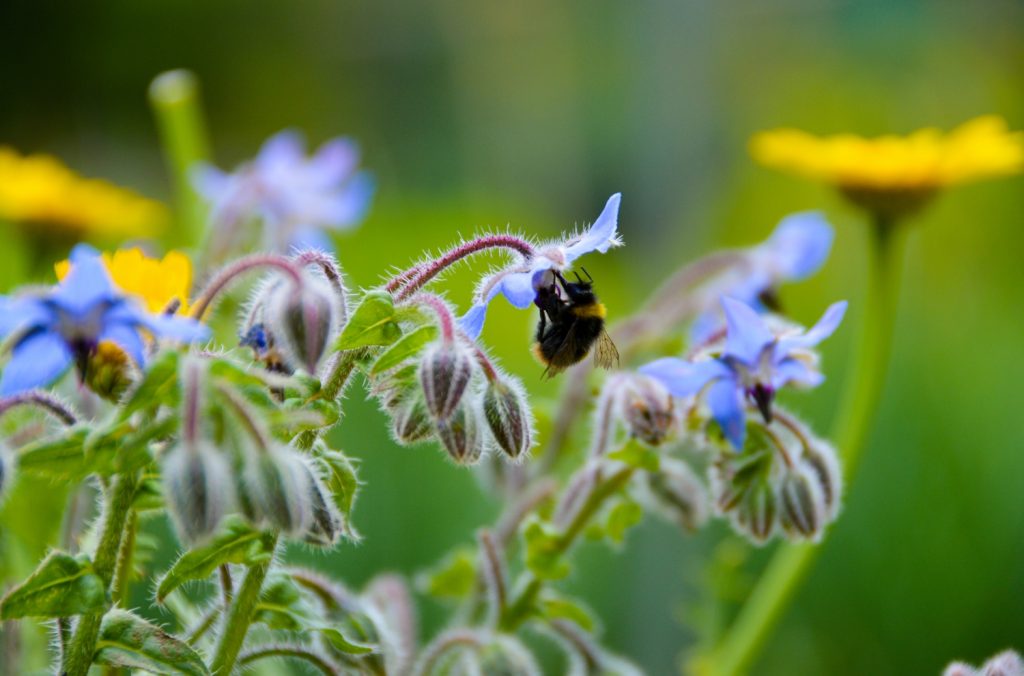
What are the benefits of growing borage?
Although many backyard foragers enjoy harvesting borage leaves to make fresh salads, borage is primarily grown for its seeds, which can be used to make a potent oil.
Borage seed oil has many medicinal benefits. The oil is rich in gamma-linoleic acid (GLA), which has a protective effect on the skin. Borage seed oil soothes acne, eczema, rosacea, and other irritations.
It’s also thought that borage seed oil has anti-inflammatory and antioxidant properties, which make it a suitable home remedy for a variety of other ailments. Borage has been used to treat respiratory, gastrointestinal, and urinary tract disorders.
Borage flowers are a favorite with pollinators, especially honeybees, who collect the nectar almost exclusively and discard the pollen.
Many beekeepers plant borage in their garden beds to encourage their hive to pollinate their other crops.
The flowers are also attractive to ladybugs and predatory wasps, two insects that can help you fight aphids, spider mites, and more, without having to rely on dangerous chemical-based pesticides.
Overall, growing borage as a companion plant can significantly improve crop yield, allowing you to maximize your garden’s potential.
16 Best borage companion plants
Borage works well as a companion plant, but only when it’s grown near the right crops.
Check out these 16 best borage companion plants, and be sure to keep these plants together when you plan your garden.
Peas
As legumes, peas are nitrogen-fixers, meaning they bring atmospheric nitrogen to the soil for other plants to use.
Like all other plants, borage relies on nitrogen to produce plenty of green foliage.
Peas make it easier for borage plants to mature.
Just make sure to train your pea plants to grow up a trellis. Both peas and borage grow up rather than out. Training your peas to climb prevents these plants from encroaching on the other’s space.
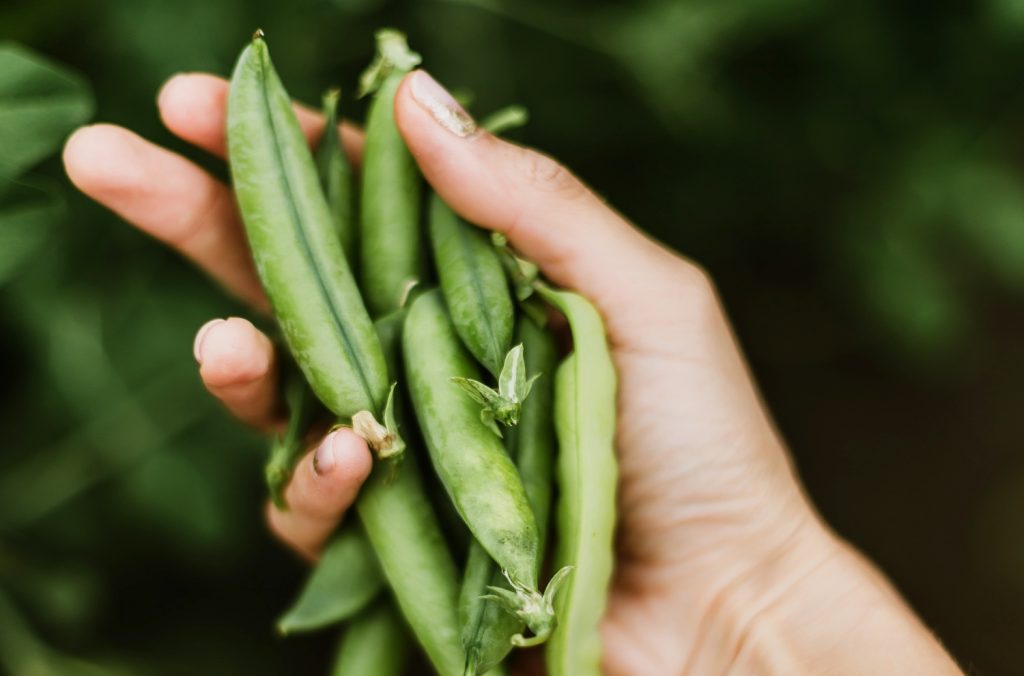
Strawberries
In a study, strawberries grown with borage as companion plants developed more fruits than those produced by strawberries grown alone.
Not only did these plants have a higher yield, but the quality of the fruits themselves was significantly better than the control group.
Borage is a popular choice for a variety of pollinators. These insects will go out of their way to check out borage flowers.
So using borage to attract more pollinators to your strawberries can boost pollination rates in your garden.
Cabbage
Armyworms, cutworms, and caterpillars can make trying to grow cabbage a nightmare. These leafy green vegetables are just the sort of food that moth and butterfly larvae look for.
Cabbage leaves are a delicious source of nutrients, and because they grow so tightly together, they provide a safe space for insects to hide from predators.
But borage can be used to keep these worms away.
Borage flowers attract predatory wasps that eat pesky worms for breakfast. The more predatory wasps there are flying around your cabbage crop, the less likely moths and butterflies are to lay their eggs nearby.
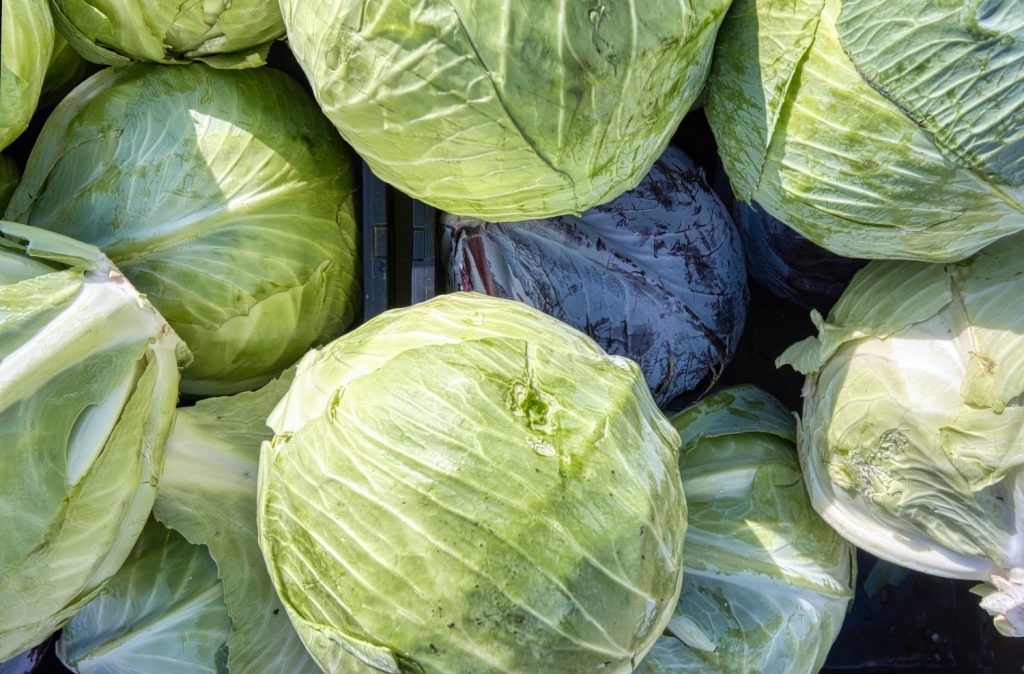
Tomatoes
Even though the foliage of the tomato plant contains compounds designed to deter insects, plants can still fall prey to aphids.
If you’ve had trouble with insect infestations in the past and they’ve prevented you from growing a successful crop, consider growing your tomatoes as borage companion plants.
Because borage draws the attention of predatory insects like wasps, lacewings, and ladybugs, these plants can be used to fight insects naturally.
That way, no matter which varieties of tomatoes you choose, you’ll finally be able to grow a crop worth harvesting.
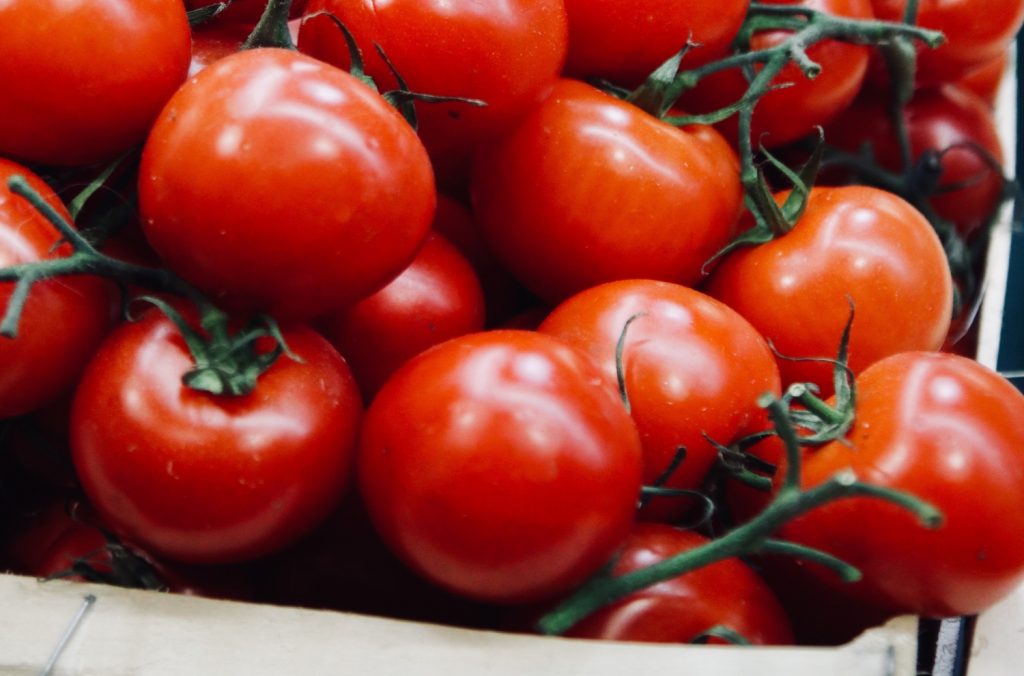
Grapes
Borage works well as a companion for grapes. The plant’s dense foliage acts as a living mulch for the grapes, protecting the ground from sunlight and helping it stay moist and cool.
Although grapes are tolerant of full sunlight, they may suffer if the soil dries out too quickly. Keeping the roots hydrated helps maximize crop yield.
Another good reason to grow grapes as a borage companion plant is that borage brings trace nutrients potassium and calcium to the surface, where heavy feeders like grapes can use them.
Ensuring your grapes have ready access to these elements helps them produce more fruits.
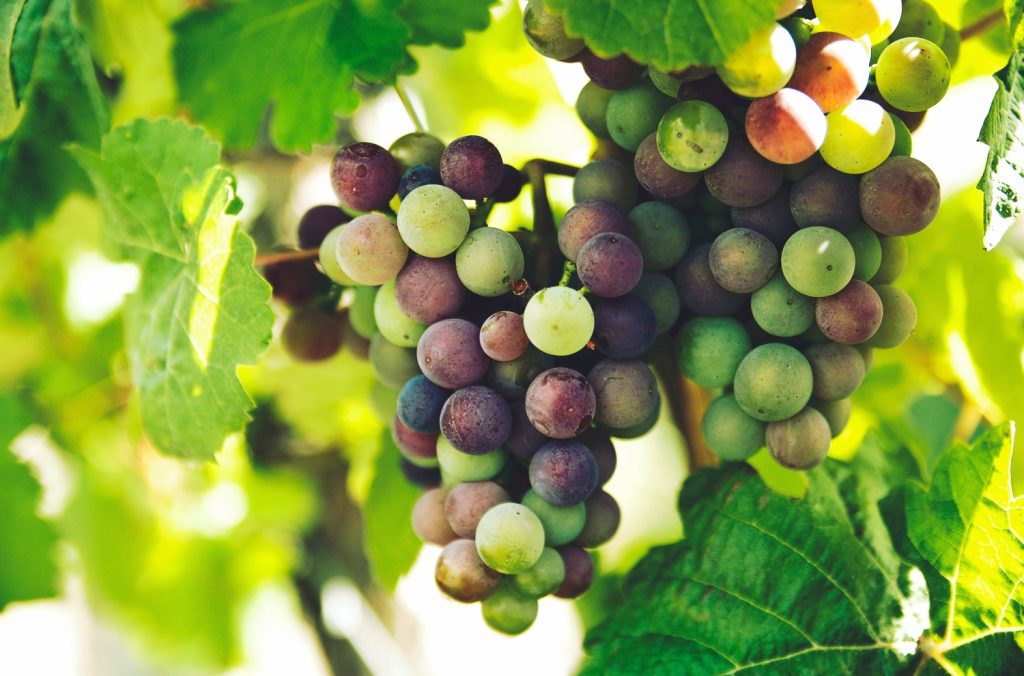
Beans
Like peas, beans also fix nitrogen, utilizing special bacteria within their root systems to introduce the nitrogen in the atmosphere into the soil, where plants can make the most of it.
Beans provide borage with a healthy dose of the nutrient that plants need the most to stay healthy.
Meanwhile, the borage plant’s many fragrant flowers help attract the attention of passing pollinators, resulting in a larger crop of beans.
Borage also wards off damaging pests that may prey on your bean plants as they mature.
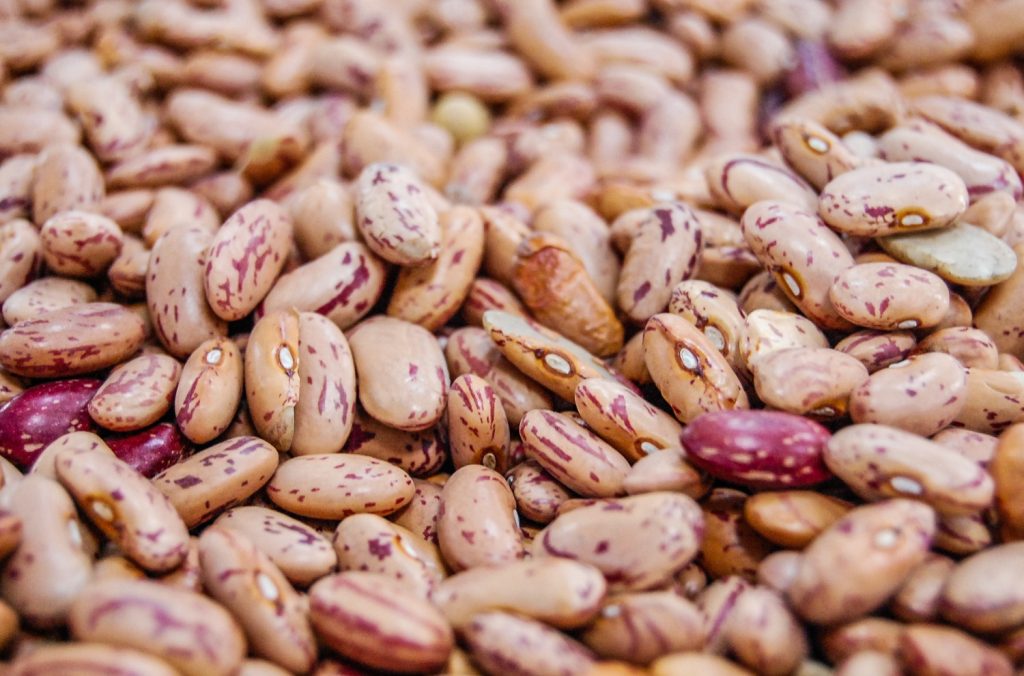
Squash
Whether you’re growing summer squash or winter squash, you can use them as a borage companion plant.
Both of these types of squash benefit from borage’s pest-fighting properties.
Squash also benefits from the borage plant’s ability to increase soil levels of calcium and potassium.
When planted in close proximity, borage introduces valuable pollinators to flowering squash plants, allowing you to enjoy a bigger crop yield.
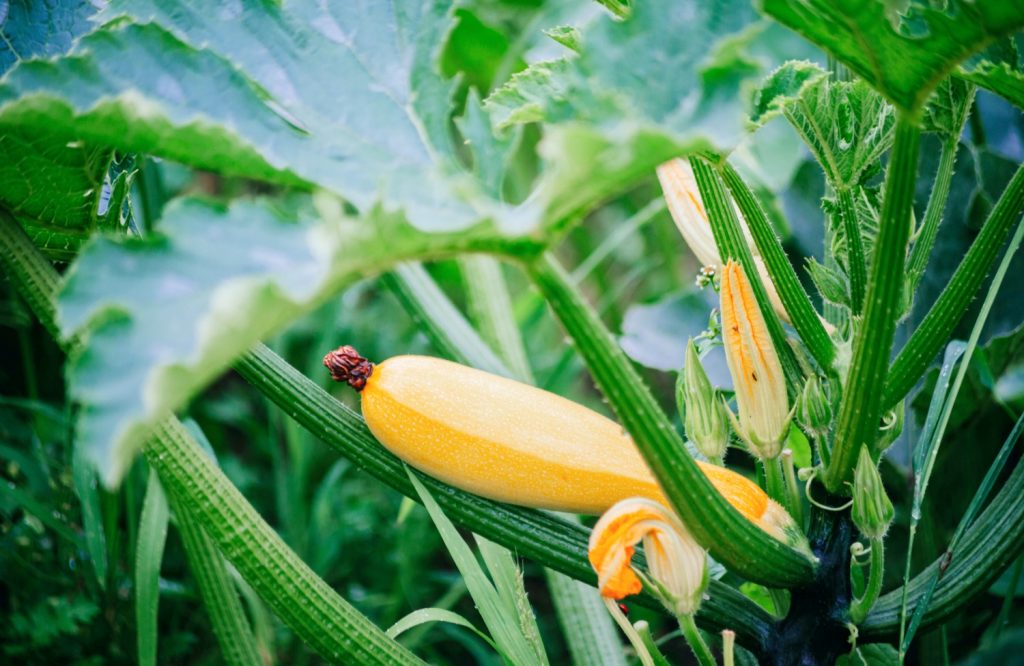
Peppers
Although peppers are somewhat resistant to pests, they do occasionally fall prey to aphids and other tiny bugs.
Grown as a border, borage helps protect pepper plants from these hungry insects by attracting more of the predators that hunt them.
Borage also attracts pepper pollinators, like beetles, bees, and hoverflies. Keeping these two plants close together when planning your garden is a simple way to boost crop production.
Broccoli
Borage conditions the soil, making trace elements more available to surrounding plants.
Increased levels of potassium and calcium benefit broccoli plants in particular. Broccoli plants are heavy feeders, and higher doses of these trace minerals allow broccoli plants to produce bigger, better-tasting fruits.
Borage also repels all of the armyworms, cutworms, and other pesky larvae that like to prey on broccoli foliage and flowers.
With the help of a homemade insecticide, borage can be used to help keep these damaging insects off of your broccoli crop.
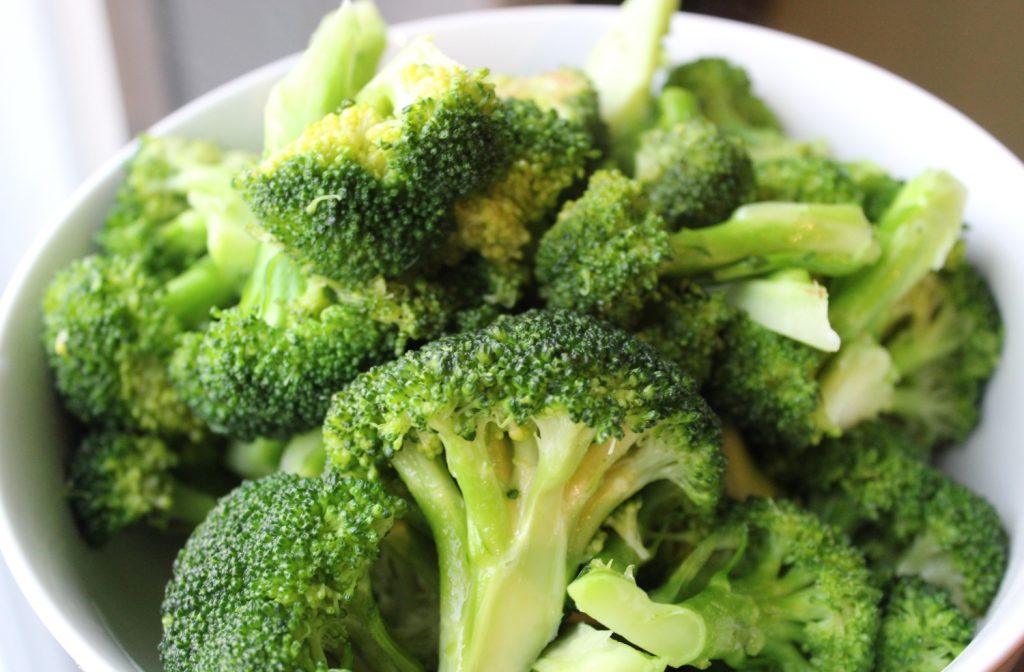
Cucumbers
Like broccoli, cucumbers are also heavy-feeders. These plants benefit from being fertilized with a variety of organic fertilizers, including bat guano, worm castings, and fish emulsion.
If you’ve already amended your soil, another thing that you can do to ensure your cucumber crops stay well-fed is to plant some borage nearby.
Borage gives cucumbers extra calcium and potassium to use. This allows the plants to produce better-tasting cucumbers for canning and snacking.
To grow cucumbers as a borage companion plant, train the cucumbers to grow up a trellis.
This gives the borage plenty of room to spread out. Otherwise, the cucumber vines may climb the borage plants themselves and snuff them out before they can do any good.
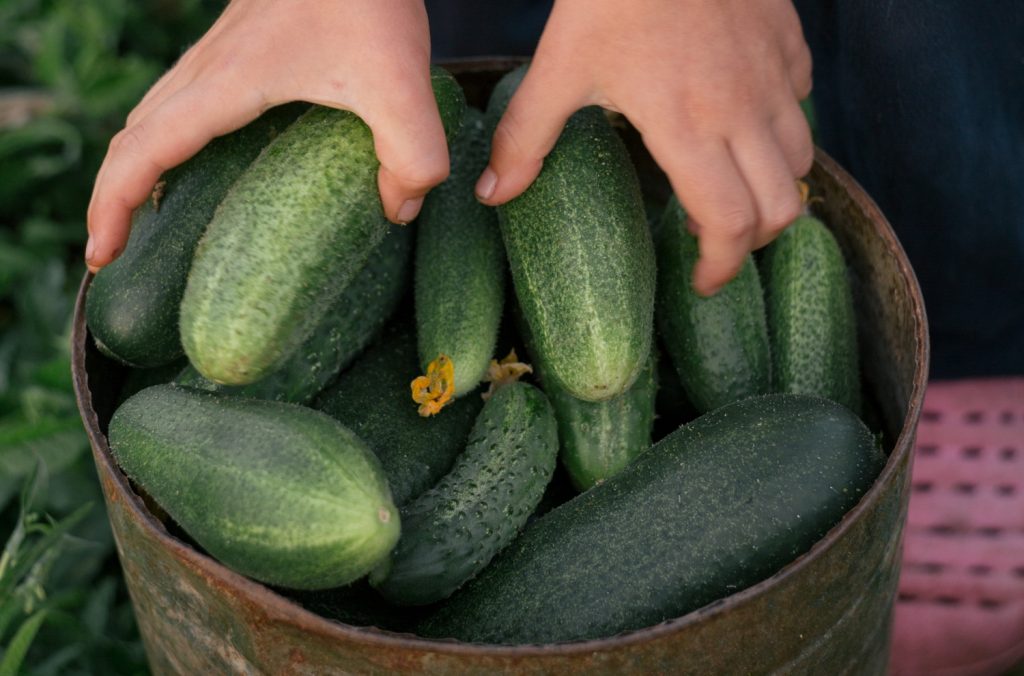
Pumpkins
Another heavy-feeder, pumpkins rely on an array of nutrients to grow the biggest gourds possible.
Borage supplies the plants with trace minerals that aid in fruit production. They also help repel the worms that like to feed on pumpkin plants.
As with cucumbers, pumpkins should be trained to grow up a trellis to prevent the vines from snuffing out your borage.
Grow borage as a border around your pumpkin patch to attract pollinators.
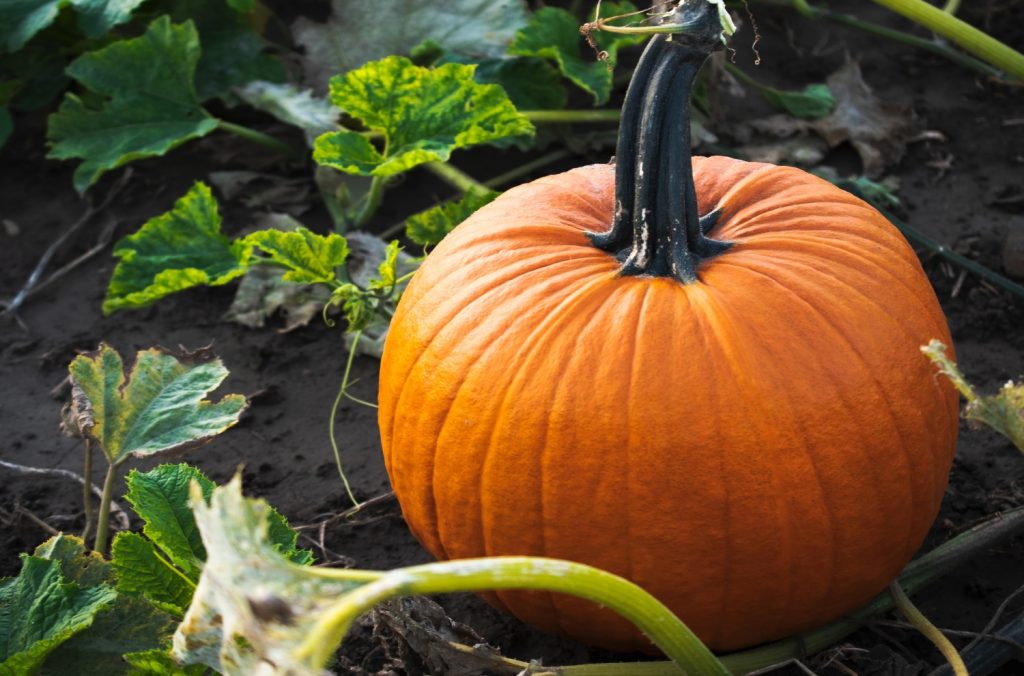
Spinach
Many gardeners believe that spinach tastes best when the leaves are still young and tender. Unfortunately, most insects would agree with that statement.
Those pesky worms and caterpillars may beat you to the punch, and ruin your spinach crop before you even get a chance to sample it yourself.
But when grown as a borage companion plant, spinach can grow unabated.
That’s because borage helps deter insect larvae by attracting more of the predatory insects that prey on them.
Just be sure to leave 10” to 12” between rows of spinach and borage to give both plants plenty of space to branch out.
Cauliflower
There’s something extra special about growing cauliflower from seeds that makes seeing them get destroyed by insects all the more painful.
If your cauliflower crop consistently gets eaten by pesky bugs, growing borage as a companion plant can help nip the problem in the bud.
Borage’s ability to bring more predatory insects to your garden brings pest populations down naturally.
And because borage grows 12” to 36” tall, it can provide your cauliflowers with some extra protection from the elements.
Keeping your cauliflower’s heads out of direct sunlight improves their appearance and taste.
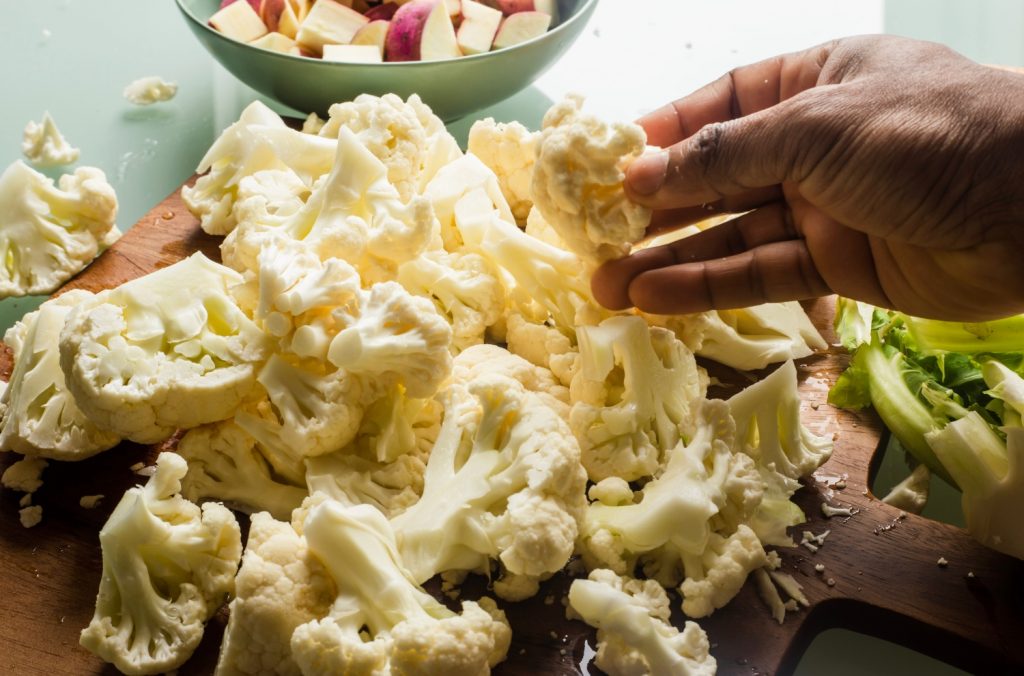
Melons
Whether you grow watermelons, honeydew melons, or cantaloupes, borage can be used as a companion plant for all of them.
Borage’s purple and blue flowers attract passing butterflies and bees and encourage them to visit other flowers in the vicinity.
Like cucumbers, melons produce separate male and female flowers. These flowers must be pollinated in order for plants to begin fruiting.
Growing borage as a companion for your melon crop boosts yield and cuts down on pest populations as well.
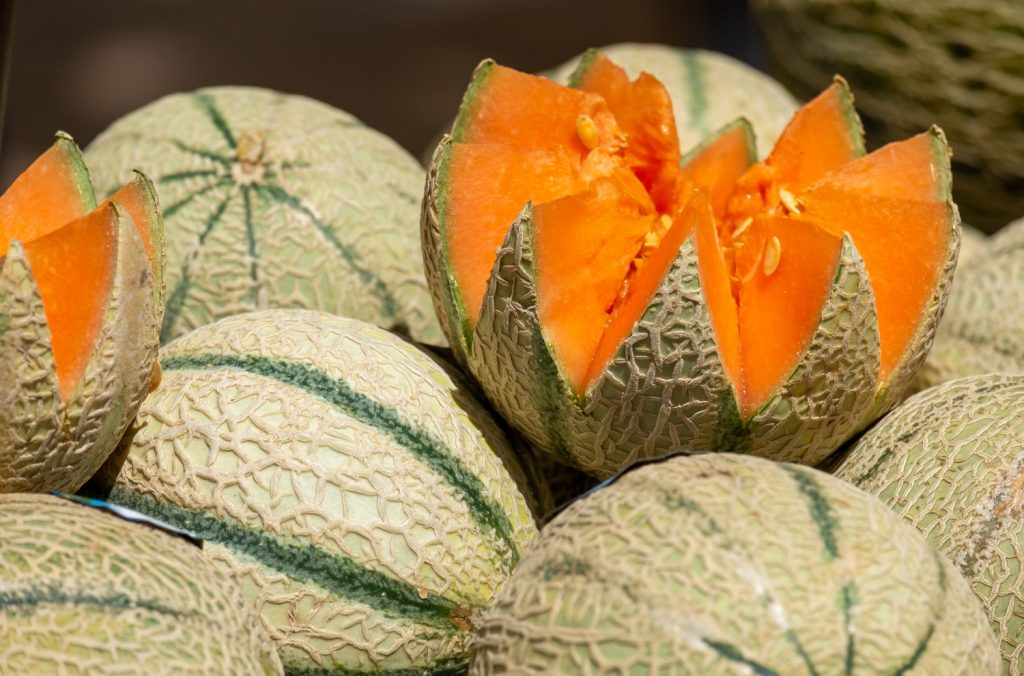
Eggplant
Borage works well as a companion plant for another nightshade veggie, too.
Plant borage and eggplant together within the same row, alternating one plant with another, to help ward off pesky insects and attract beneficial ones.
Eggplants also benefit from the extra dose of nutrients that borage provides them with.
Eggplants are heavy feeders, relying on great quantities of vitamins and minerals to produce their deep purple fruits.
Growing eggplants as a borage companion plant allows you to maximize garden space while supporting crop yield.
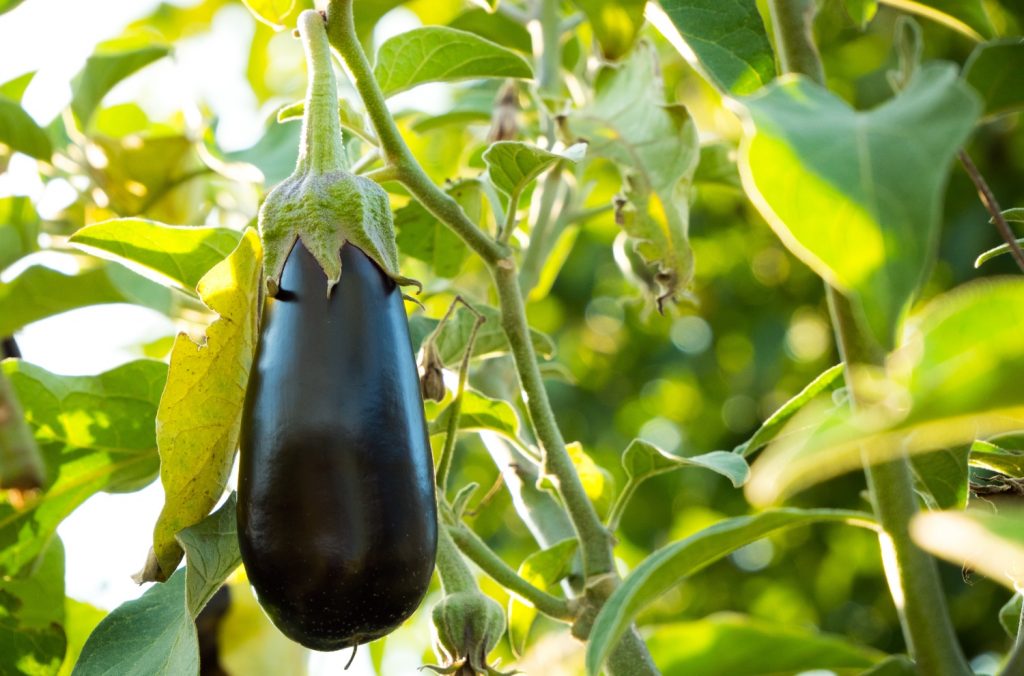
Radishes
Radishes grow lightning-fast. These vibrant red veggies are usually ready to be harvested 28 days after germination.
But even in that short amount of time, these plants can succumb to damaging pests.
So be sure to grow your radishes as borage companion plants. The stiff, jagged foliage of the borage plant will help keep ground-dwelling insects at bay.
Borage will also bring more predatory insects to the area, which will help keep your radish crop safe.
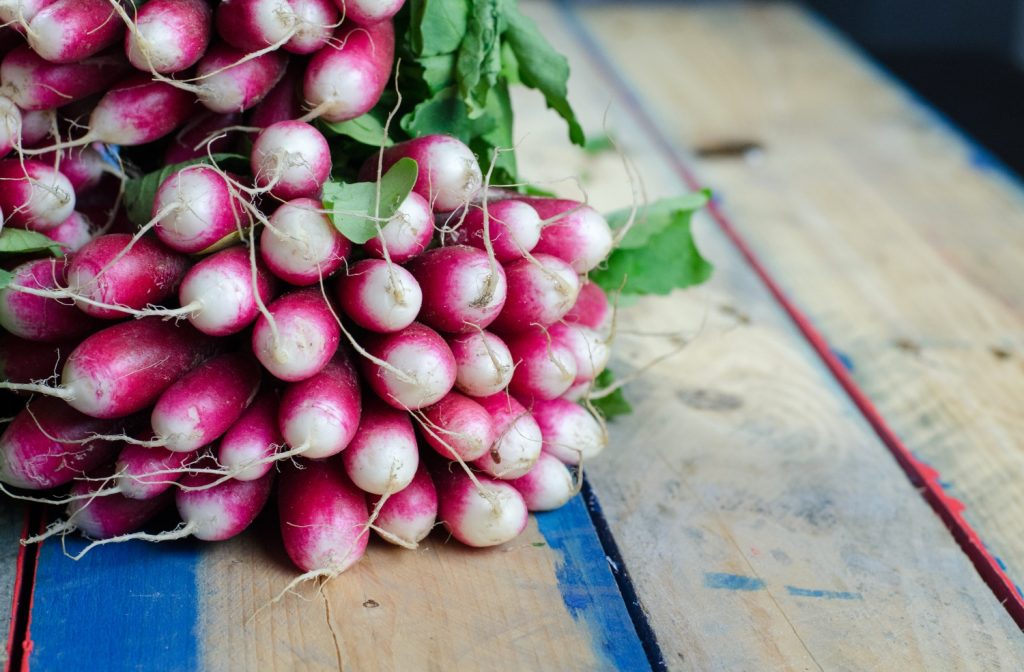
2 Worst borage companion plants
Not all plants get along. When planning your garden, be sure to keep the following plants far away from your borage crop.
Potatoes
Potatoes are carriers of a deadly disease called, appropriately, potato blight.
This disease can spread to borage plants and kill them quickly. For this reason, potatoes are not an appropriate borage companion plant.
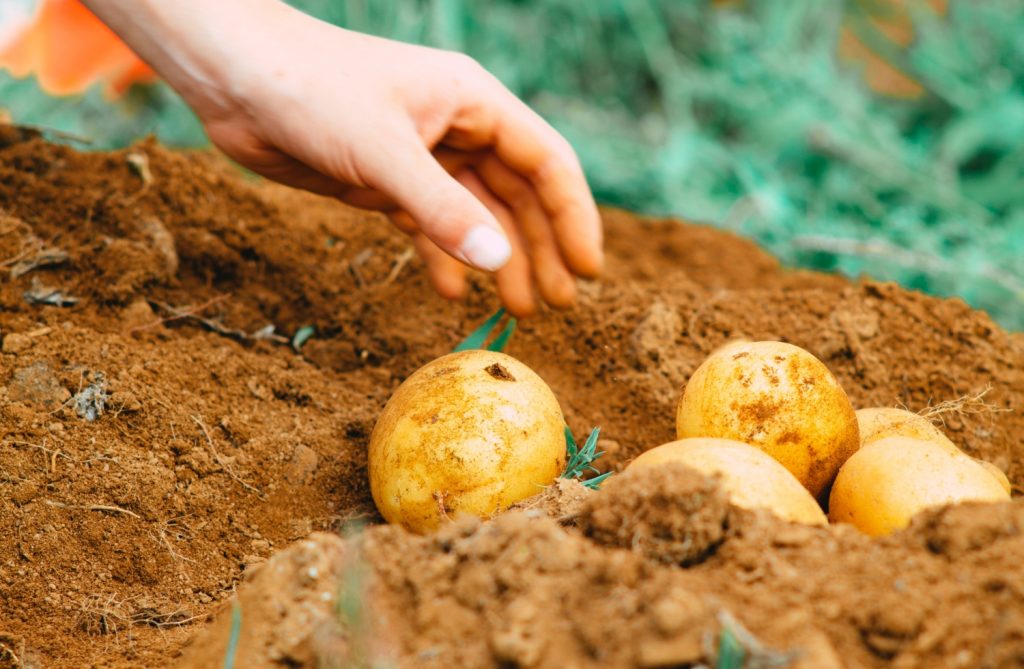
Fennel
Another poor choice of companion for borage is fennel. This herb is allelopathic, producing compounds that inhibit plant growth.
In fact, fennel isn’t just dangerous to borage, it’s dangerous to most garden plants.
Be sure to keep your fennel in a pot, where it can grow freely without harming your other crops.
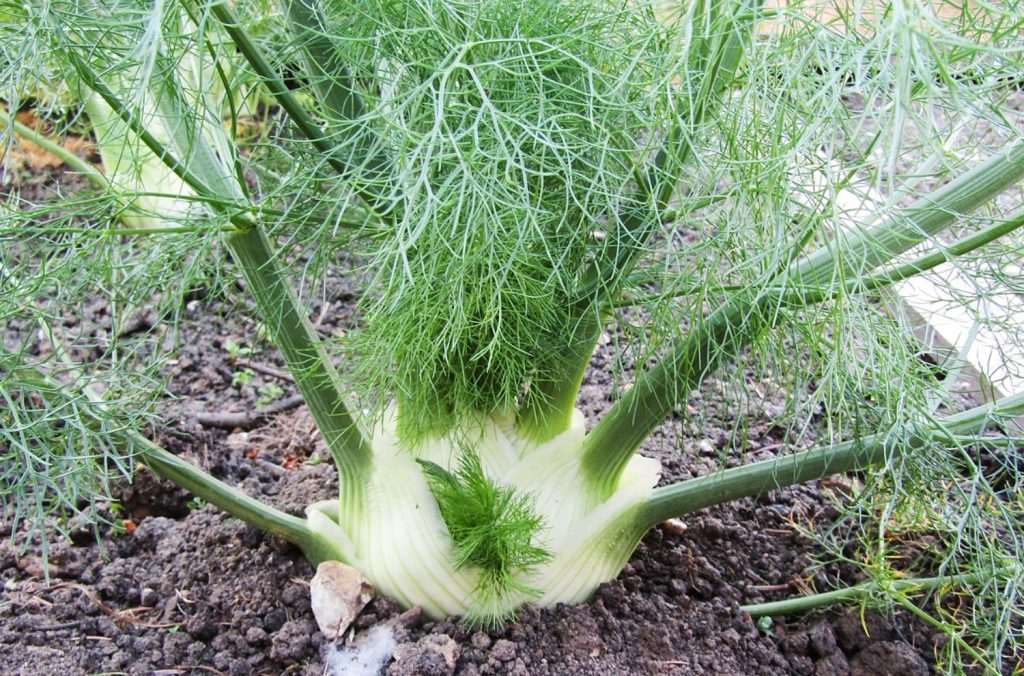
Tips for keeping borage healthy
Borage is incredibly easy to grow, so it’s a great choice for beginner gardeners.
Naturally, your borage crop will perform much better when all of its growing requirements are met.
Be sure to plant your borage seeds in loose, sandy to loamy soil that drains well. Situate the plants in full to partial sunlight, and leave 12” between seedlings to allow for good air circulation.
Borage is so tough that it can be found growing wild in North America. You don’t have to do much to get this stuff to sprout, and once it pops up, it grows like a weed.
Use borage as a companion plant to support the health of your entire garden. You may just be surprised how much of a difference a single plant can make!
